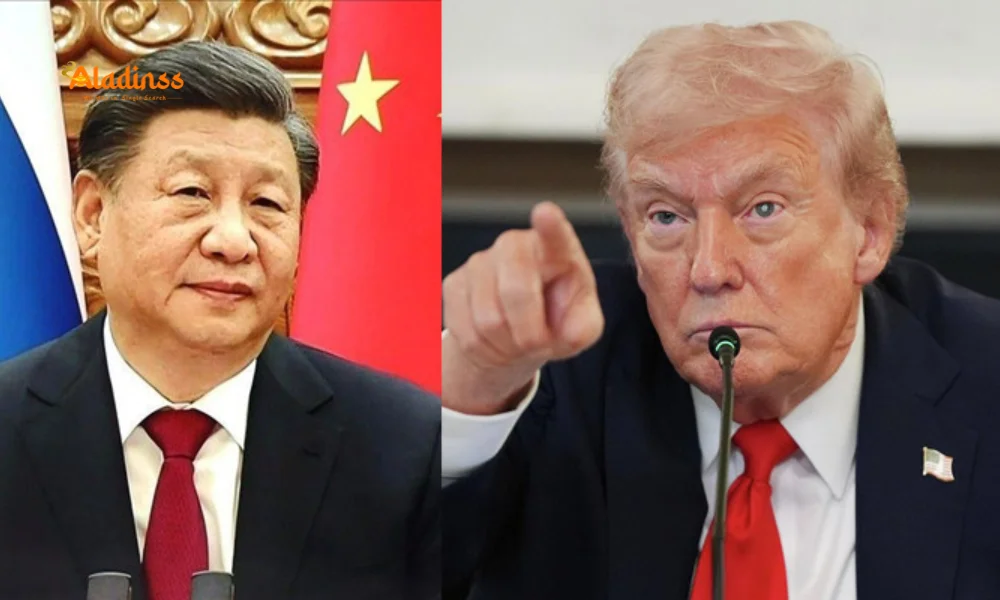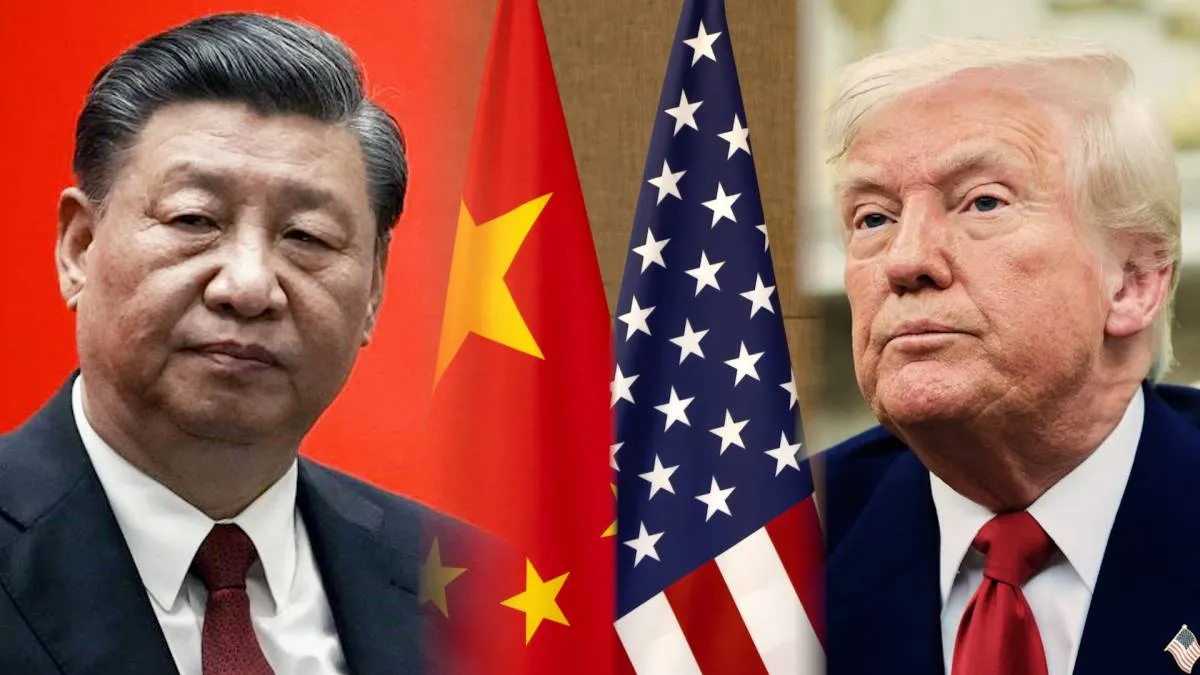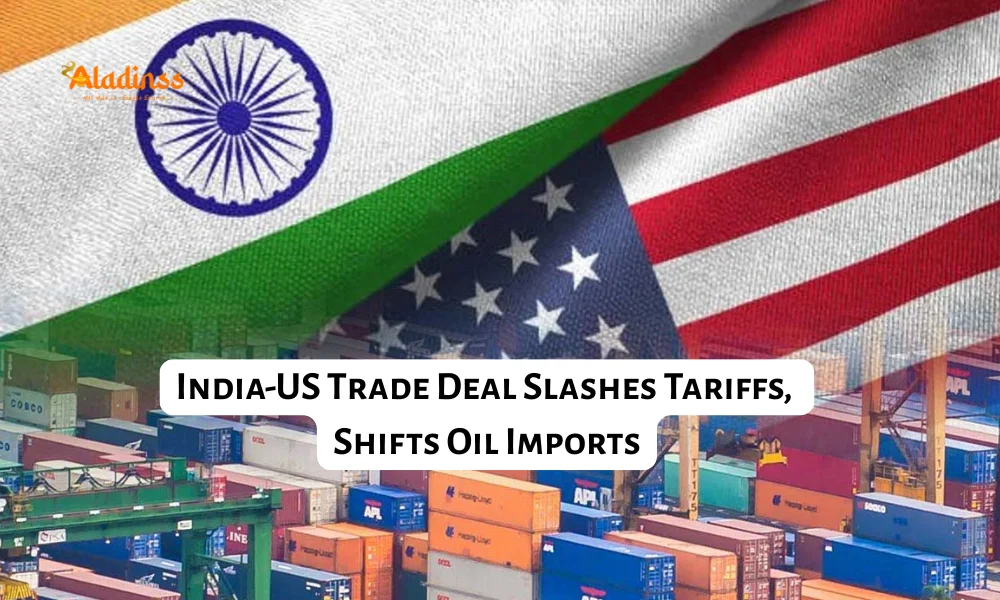Trump Imposes 155% Tariffs on China: Massive Trade War Shock Set for Nov 1

Trump Announces 155% Tariffs on China Starting November 1
In a bold move escalating the ongoing US-China trade war, President Donald Trump announced that the United States will impose a staggering 155% tariff on Chinese goods effective November 1, 2025. Speaking at a White House event celebrating Diwali with the Indian-American community, Trump justified the decision by criticizing past U.S. presidents for their lack of business acumen, allowing China and other nations to exploit American markets. The new tariffs aim to address long-standing trade imbalances and bolster national security, but they have sparked concerns about global economic repercussions.
Trump emphasized that the tariffs are a response to decades of unfair trade practices. “China has been very rough with us over the years because we had presidents that weren’t smart from a business standpoint,” he stated. The president highlighted that the tariffs could generate substantial revenue, potentially in the trillions, which he plans to use to reduce national debt and strengthen the U.S. economy.

Economic Implications of the 155% Tariffs
The announcement of the 155% tariffs on China comes at a critical juncture in the US-China trade war, which has already disrupted global supply chains and rattled financial markets. The tariffs, set to take effect just days before the expiration of a 90-day trade truce on November 10, 2025, could further strain relations between the world’s two largest economies. Economists warn that such high tariffs may lead to increased consumer prices, supply chain disruptions, and slower economic growth, particularly in industries reliant on Chinese imports.
Trump, however, remains optimistic about the long-term benefits. During his speech, he referenced recent trade agreements with Japan, South Korea, and the European Union as evidence of his administration’s ability to secure favorable deals. “We’re getting hundreds of billions, even trillions of dollars paid into the United States,” he claimed, underscoring the role of tariffs in strengthening national security and economic stability.
Global Reactions and Trade Negotiations
The international community has expressed mixed reactions to the tariff announcement. While some U.S. allies, such as Japan and South Korea, have benefited from recent trade deals, others fear the ripple effects of escalating tensions with China. Global markets have already shown volatility, with concerns about supply chain disruptions and rising costs for goods ranging from electronics to clothing.
Trump has signaled his intent to pursue diplomatic solutions despite the aggressive tariff policy. He revealed plans to visit China early next year to negotiate with President Xi Jinping, expressing hope for a trade deal that could ease tensions. “I’ve been invited to go to China, and I’ll be doing that sometime fairly early next year,” Trump said during a meeting with Australian Prime Minister Anthony Albanese. He also mentioned an upcoming trade agreement with South Korea, which he expects to finalize soon.
Sustainability of the Tariff Strategy
In a recent interview with Fox Business Network, Trump acknowledged that the 155% tariffs may not be sustainable in the long term. “It’s not sustainable,” he admitted, but added, “They forced me to do that.” The president’s comments suggest that the tariffs are intended as a negotiating tactic to pressure China into making concessions. However, with the current trade truce set to expire, the window for meaningful negotiations is narrowing.
The U.S. has already imposed tariffs as high as 145% on Chinese goods, prompting retaliatory measures from Beijing. The new 155% tariffs represent a significant escalation, potentially affecting a wide range of industries, including technology, manufacturing, and agriculture. Analysts predict that both nations may face economic challenges if the trade war intensifies further.
Impact on Consumers and Businesses
For American consumers, the tariffs could translate into higher prices for everyday goods. Products such as smartphones, clothing, and household appliances, many of which are manufactured in China, may become more expensive. Businesses reliant on Chinese imports are also bracing for increased costs, which could lead to reduced profit margins or layoffs in some sectors.
On the other hand, Trump argues that the tariffs will encourage domestic manufacturing and reduce reliance on foreign goods. By generating significant revenue, the administration hopes to fund infrastructure projects, reduce national debt, and invest in critical industries. However, critics warn that the short-term economic pain may outweigh these long-term benefits, particularly for small businesses and low-income households.
Looking Ahead: Trade War or Trade Peace?
As the November 1 deadline approaches, all eyes are on Washington and Beijing to see whether they can reach a compromise. The expiration of the 90-day trade truce on November 10 adds urgency to the situation, with both sides facing pressure to avoid further escalation. Trump’s planned visit to China in 2026 could be a pivotal moment in resolving the US-China trade war, but for now, the global economy remains on edge.
The tariffs represent a high-stakes gamble for the Trump administration, balancing economic protectionism with the risk of global market instability. Whether this strategy will lead to a stronger U.S. economy or exacerbate existing challenges remains to be seen. For now, businesses, consumers, and policymakers are preparing for a new chapter in the complex US-China trade relationship.
Comment / Reply From
No comments yet. Be the first to comment!











